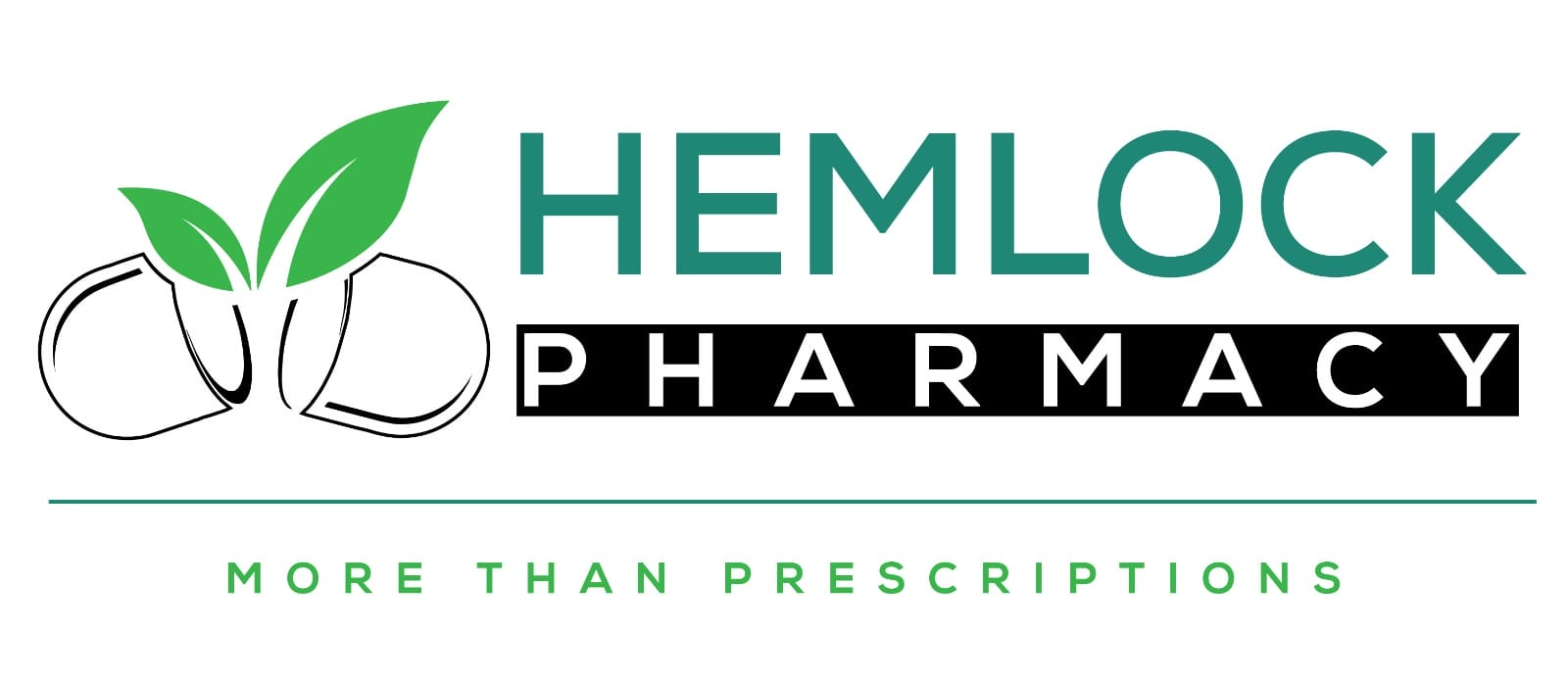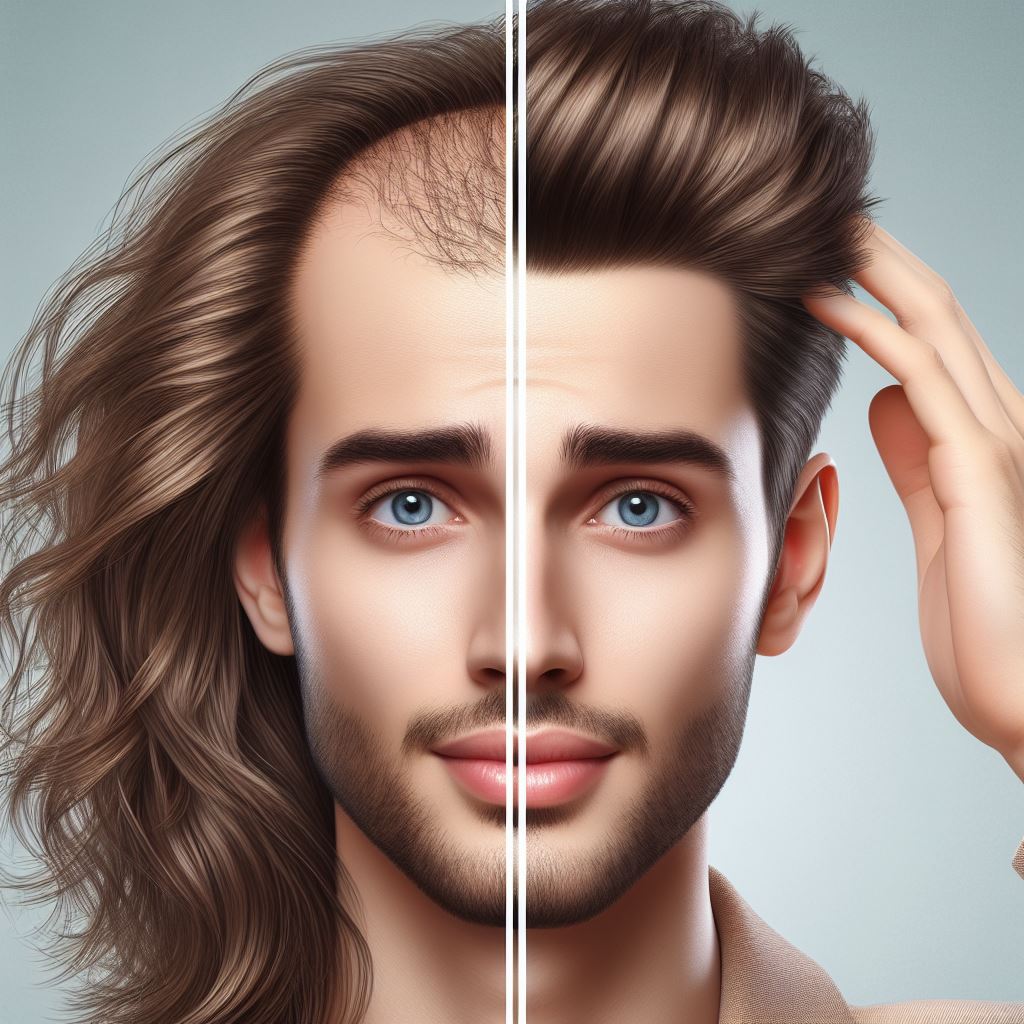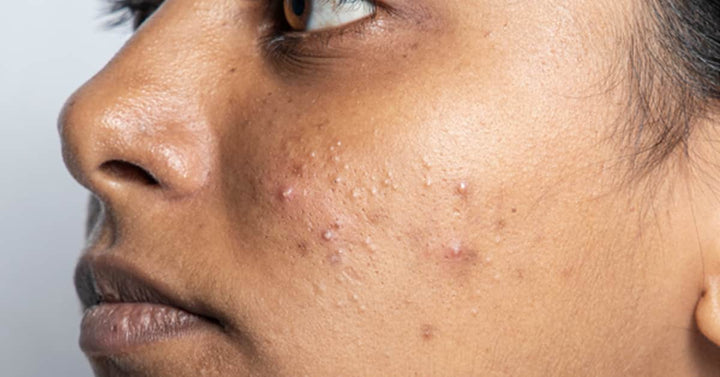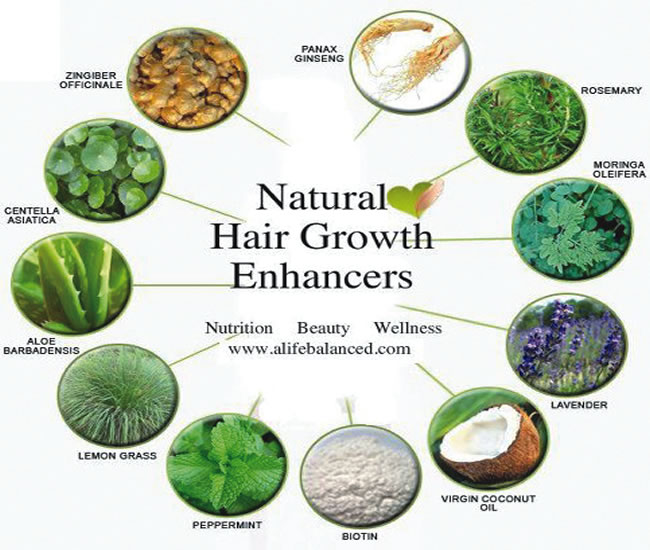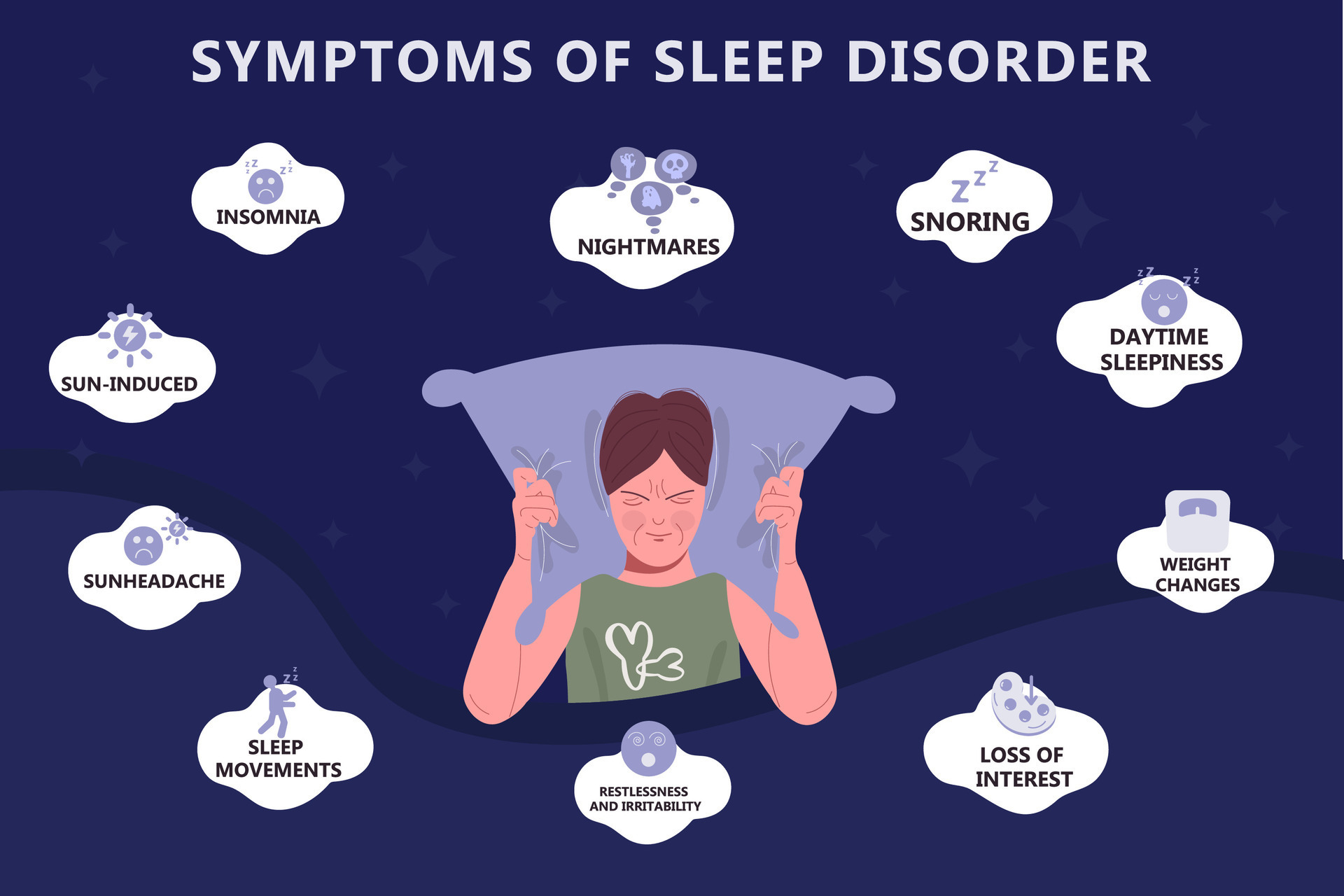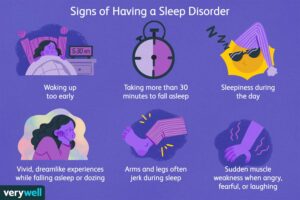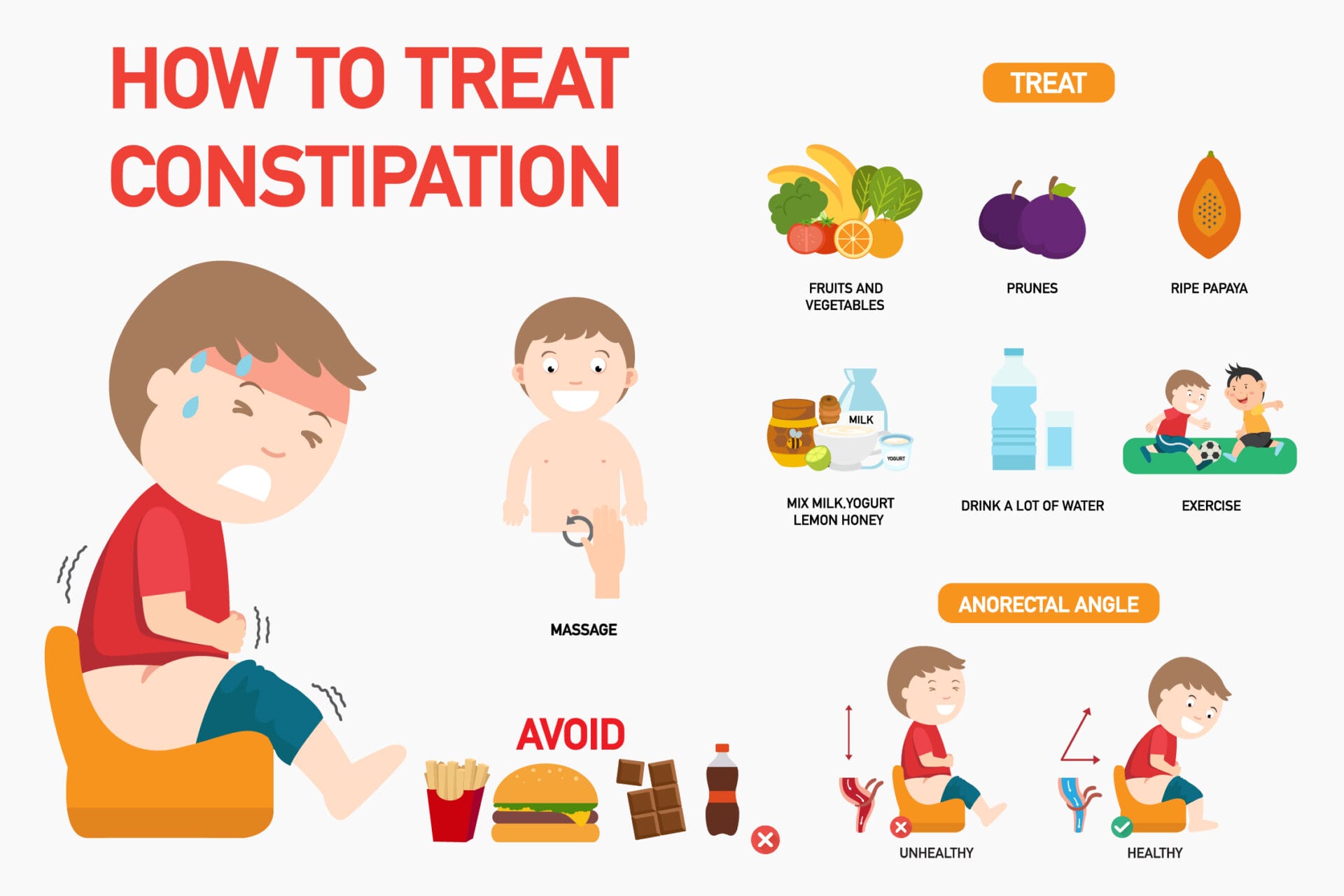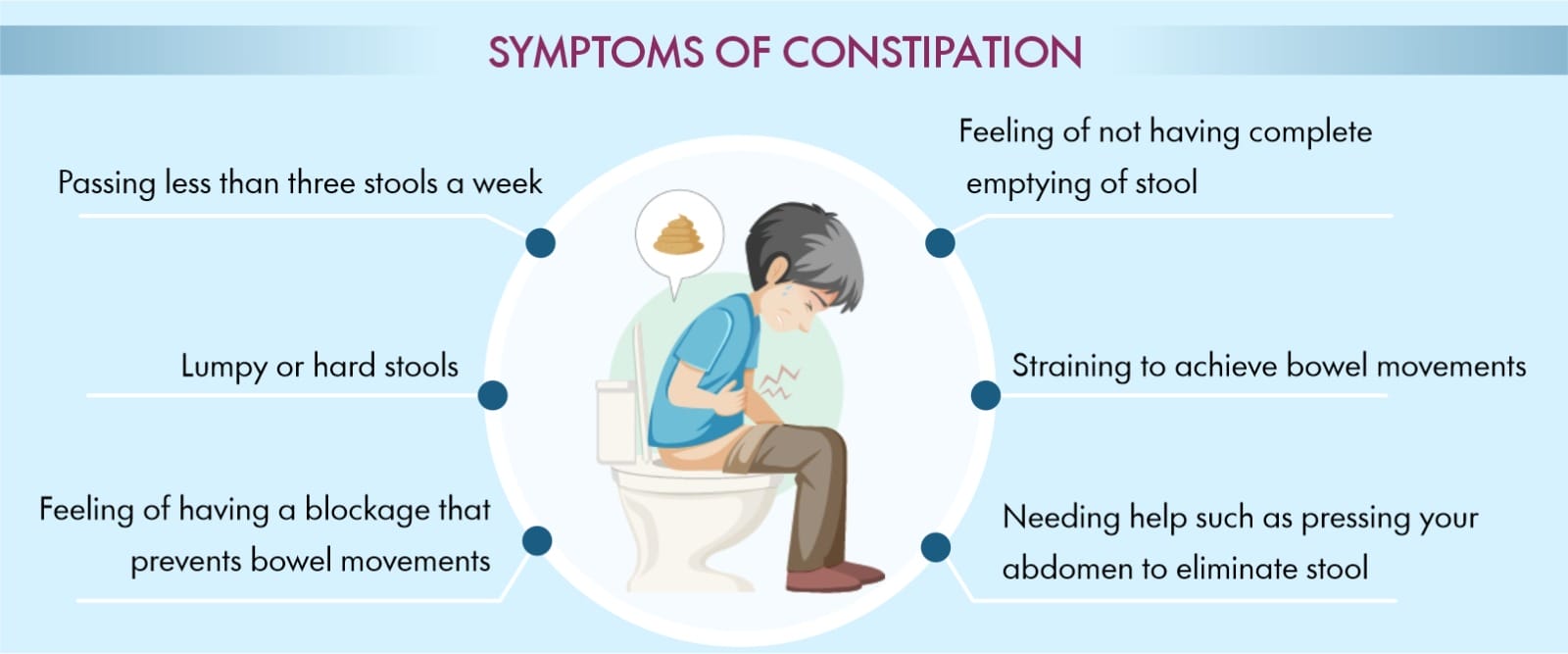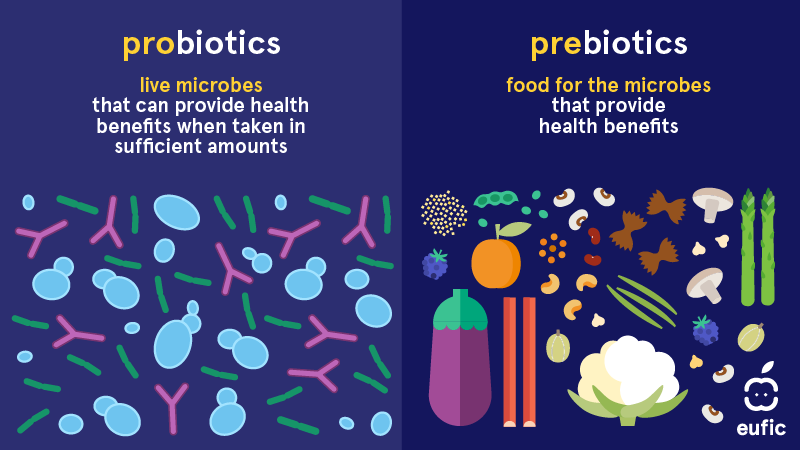Exploring Hair Loss: Causes, Diagnosis, Treatment, and Prevention
In the realm of beauty and self-care, the quest for healthy, luscious hair often takes center stage. However, amidst this pursuit, the specter of hair loss looms large for many individuals, casting shadows of distress and impacting self-esteem. To effectively manage and prevent this concern, delving into the intricate mechanisms behind hair loss becomes imperative. Join us on a journey through this comprehensive exploration as we unravel the mysteries of hair loss, dissecting its causes, diagnostic approaches, treatment options, and preventive measures.
Understanding the Causes of Hair Loss
Hair loss, scientifically termed alopecia, can emerge from a myriad of factors, both intrinsic and extrinsic. Genetics wield significant influence, with conditions like male pattern baldness and female pattern hair loss reigning prevalent. Hormonal imbalances, particularly evident in cases of thyroid disorders or during pregnancy, can serve as triggers for hair loss. Furthermore, certain medical interventions, such as chemotherapy, inflict temporary but substantial hair loss.
In addition to genetic predispositions and hormonal fluctuations, lifestyle factors also contribute to hair loss. Stress, for instance, exerts a profound impact on hair health, with chronic stress elevating cortisol levels, which, in turn, can disrupt the hair growth cycle. Nutritional deficiencies, particularly insufficient intake of essential vitamins and minerals like vitamin D, iron, and zinc, can compromise the strength and vitality of hair follicles, leading to increased shedding and thinning.
Environmental factors, such as exposure to pollutants and harsh chemicals in hair care products, can also exacerbate hair loss by damaging the hair shaft and follicles. Furthermore, certain hairstyles, especially those that involve tight pulling or traction, can lead to a condition known as traction alopecia, characterized by gradual hair loss due to repetitive tension on the scalp.
Diagnosing Hair Loss
Unraveling the underlying cause of hair loss typically entails a comprehensive assessment conducted by a dermatologist or a trichologist. This evaluation often encompasses a physical examination of the scalp, blood analyses to gauge hormonal levels, and occasionally, a scalp biopsy to pinpoint the specific type of hair loss. The elucidation of the root cause assumes paramount importance in tailoring a precise treatment regimen.
Modern diagnostic techniques, such as trichoscopy, enable clinicians to visualize the scalp and hair follicles in high resolution, aiding in the identification of underlying pathology. Additionally, advanced genetic testing can provide insights into an individual’s predisposition to certain types of hair loss, facilitating personalized treatment approaches.
Exploring Treatment Options
The landscape of treatments for hair loss sprawls wide, contingent upon the cause and severity of the condition. While some individuals may opt for non-invasive interventions, others may require more aggressive approaches to achieve satisfactory outcomes. Here are some common strategies:
- Medications: FDA-approved medications like minoxidil and finasteride take the spotlight in treating hair loss. Minoxidil, available as a topical solution, fosters hair growth by dilating blood vessels in the scalp, thereby improving nutrient delivery to hair follicles. Finasteride, on the other hand, inhibits the conversion of testosterone into dihydrotestosterone (DHT), a hormone implicated in male pattern baldness.
Minoxidil: This topical solution promotes hair growth by stimulating blood flow to the scalp.
Finasteride: A prescription medication that helps prevent further hair loss in men by blocking the production of DHT.
- Platelet-Rich Plasma (PRP) Therapy: This innovative therapy entails the extraction and concentration of platelets from the patient’s blood, which are then injected into the scalp to stimulate hair growth. PRP contains growth factors that promote tissue repair and regeneration, making it a promising option for individuals seeking natural hair restoration.
Platelet-Rich Plasma (PRP) Kit: A medical device used for the preparation of platelet-rich plasma for therapeutic purposes.
- Hair Transplantation: Surgical interventions like follicular unit transplantation (FUT) or follicular unit extraction (FUE) offer avenues for restoring hair in balding areas by transplanting hair follicles from donor sites to affected regions. These procedures yield permanent results and are suitable for individuals with advanced hair loss.
Follicular Unit Transplantation (FUT): A surgical technique for hair transplantation that involves harvesting a strip of hair-bearing scalp from the donor area.
Follicular Unit Extraction (FUE): A minimally invasive method of hair transplantation that involves extracting individual hair follicles from the donor area using a specialized tool.
- Lifestyle Modifications: Embracing a balanced diet replete with vitamins and minerals indispensable for hair health, managing stress levels, and eschewing harsh styling practices collectively contribute to nurturing a healthy mane.
Hair Growth Supplements: Dietary supplements formulated with essential vitamins, minerals, and botanical extracts to support hair growth and vitality.
Implementing Preventive Measures
While not all triggers of hair loss yield to prevention, adopting certain lifestyle habits can mitigate risks and promote hair health:
- Maintain a Nutritious Diet: Incorporate foods rich in vitamins A, C, D, E, and biotin, alongside minerals like iron and zinc, to bolster hair health.
- Practice Stress Management: Chronic stress serves as a precipitant for hair loss; thus, integrating relaxation techniques such as meditation or yoga proves beneficial.
- Handle Your Hair with Care: Steer clear of excessive heat styling, tight hairstyles, and harsh chemical treatments, as they can inflict damage upon the hair shaft and scalp.
- Regular Scalp Care: Sustain scalp cleanliness and vitality by adhering to a routine of gentle shampooing and massaging to stimulate circulation.
Conclusion
Hair loss poses a formidable challenge, yet with strides in treatment modalities and a proactive stance on prevention, the quest for a flourishing mane remains within reach. Armed with an understanding of causative factors, coupled with timely diagnosis, individuals can embark on tailored treatment journeys, fortified by preventive measures. Remember, a touch of tender loving care can work wonders in nurturing your strands to their fullest potential. So, stand tall, for in embracing your mane journey with confidence, you reclaim the essence of pride and resilience. And for quality hair care products and medications, trust in Hemlock Pharmacy to support you every step of the way.
